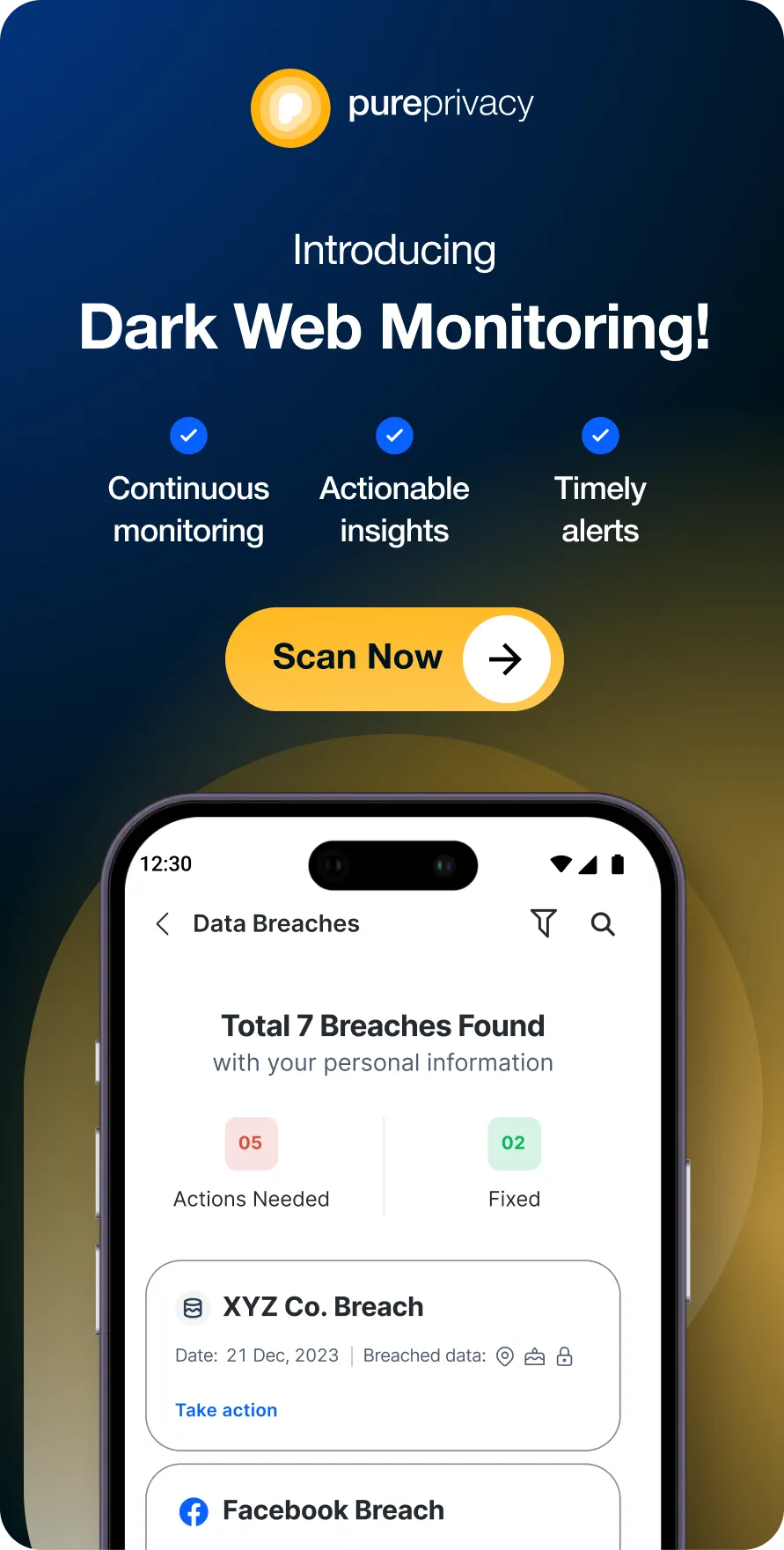Port forwarding is essential for maintaining stable connections, hosting gaming servers, and enabling remote work. However, opening ports can be challenging, especially if your router is behind CGNAT.
By performing CGNAT, ISPs (internet service providers) restrict your connection, making it harder to stream, play online games, or host services. The guide covers a step-by-step guide on how to set up port forwarding and bypass CGNAT safely.
What is CGNAT and Why is It a Problem for Internet Users?
CGNAT is performed by ISPs to conserve public IP addresses by allowing multiple users to share a single public IP address. While it helps ISPs manage limited IP resources, it can create issues for users who want to open ports.
Some online services and applications may not work properly with CGNAT, as they rely on having a unique public IP address for each user. This can lead to issues with remote access, online gaming, and other services.
Why is Port Forwarding an Issue with CGNAT?
CGNAT uses a single public IP address for multiple users, making it impossible to directly forward ports to specific devices on your home network. This blocks inbound connections, preventing you from hosting servers, playing certain online games, or remotely accessing your devices.
How to Setup Port Forwarding on Your Router
While opening ports is straightforward, it may pose risks if not done properly! Here are the steps to do so:
- Open your web browser and type in a specific address (often 192.168.1.1 or 192.168.0.1).
- Log in using your router's username and password.
- Navigate to the Port Forwarding, Virtual Server, or Applications section of your router’s settings.
- Set up a rule.
- Give it a simple name like "Home Security Camera."
- Choose the port numbers (e.g., 8080).
- Enter your security camera's IP address.
- Select TCP, UDP, or both.
- Click save to apply the settings.
How Can I Open Ports Behind CGNAT?
Yes, you can bypass CGNAT through some common workarounds. Make sure to choose the one that’s secure.
1. Use a VPN with Port Forwarding Add-On
- Choose a VPN service, such as PureVPN that offers a port forwarding add-on.
- Configure the VPN on your device or router.
- PureVPN will assign you a unique public IP address and enable port forwarding to your device.
2. Get a Dedicated IP Address from Your ISP
Reach out to your ISP and inquire about purchasing a dedicated IP address. With a dedicated IP, you can configure port forwarding without CGNAT limitations.
3. Try a Reverse Proxy or Cloud Service
Set up a reverse proxy server to direct traffic from a public IP address to your home network. You can also use a cloud service that offers a public IP address and can forward traffic to your home network.
PureVPN's Port Forwarding Add-On: A Secure Solution to Bypass CGNAT and Open Ports
You must use port forwarding if you are looking for improved connectivity, better P2P sharing, enhanced security, and greater control or access to remote servers. Also, you might be experiencing bandwidth restrictions and firewalls limiting your access.
This can be quickly solved with PureVPN's port forwarding add-on. With just a few clicks, you can bypass restrictions, including IP blacklisting, while opening ports behind CGNAT.
Here's how:
- Login to the PureVPN member area.
- Click the subscription tab.
- Click Configure.
- Apply your desired port settings.
- Click Apply settings.
Is CGNAT Slower for Online Games?
Yes, CGNAT can negatively impact your online gaming performance. When a single shared IP address is used by many users, it leads to increased latency during periods of high network traffic. CGNAT restricts port forwarding, which is essential for dedicated servers and peer-to-peer connections. A Dedicated IP with a Port Forwarding add-on is essential for hosting game servers, whitelisting your IP address, or enabling remote access to your home devices.
What is the Difference Between CGNAT, NAT, and Double NAT?
NAT, CGNAT, and Double NAT are all techniques used to manage IP addresses. NAT allows multiple devices on a private network to share a single public IP address, used in homes and small businesses. CGNAT, used by ISPs, enables many customers to share a limited number of public IP addresses, conserving IPv4 addresses.
Double NAT occurs when two NAT devices are used in series, causing issues with some internet services. NAT is typically used in home networks, CGNAT operates at the ISP-level, and Double NAT occurs due to specific network setups.
Frequently Asked Questions (FAQs)
-
What is the range of CGNAT?

The IP address range reserved for CGNAT is 100.64.0.0 to 100.127.255.255. If your IP address falls within this range, your ISP is likely using CGNAT.
-
Is CGNAT an IPv6?

No, CGNAT is a technology used to conserve IPv4 addresses. It's a workaround to the IPv4 address shortage, not a transition to IPv6.
-
What is the benefit of CGNAT?

CGNAT allows ISPs to support more users with fewer IPv4 addresses, efficiently managing limited IP resources.
-
Can my ISP detect a VPN for CGNAT bypass?

Yes, your ISP can detect VPN usage, even with CGNAT. Although CGNAT hides your true IP address, your ISP may still be able to identify unusual traffic patterns or VPN protocols if they are actively monitoring for such activity. But don’t worry, they won’t detect your activities.
In Summary
CGNAT, used by ISPs to conserve IP addresses, can limit your online experience by limiting port forwarding, remote access, online gaming, and server hosting. To bypass CGNAT, opt for solutions such as a VPN with a port forwarding add-on and a dedicated IP address. Experience a more secure and flexible internet connection with PureVPN!





